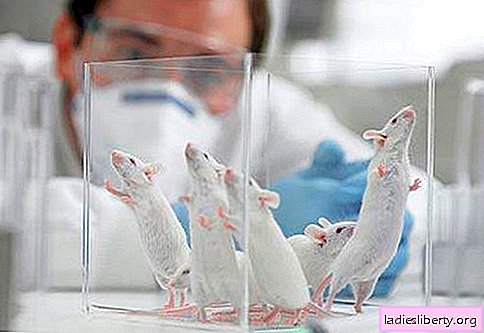
Dysbacteriosis, not being considered an independent bowel disease, is a common condition of the body, representing an imbalance between various environmental factors and the microflora of the gastrointestinal tract.
The norm of the intestine is the optimal ratio of aerobic and anaerobic lactobacilli, putrefactive bacteria, E. coli, as well as yeast-like fungi and enterococci. This condition of the body is called eubiosis. Without the help of bacteria, the human body will not be able to absorb most of the nutrients.
Dysbacteriosis is characterized by changes in the qualitative and quantitative ratio in the microflora, which are sufficient for negative effects on intestinal function.
Dysbacteriosis - causes
* The presence of pathogenic microbes (viral diseases, salmonellosis, dysentery) or intestinal parasites that secrete substances that kill beneficial microflora.
* Uncontrolled use of potent antibiotics that destroy intestinal bacteria.
* Adverse environmental and persistent stress.
* The presence of various functional disorders and chronic diseases of systems and organs.
* The state of immunodeficiency, often associated with certain types of cancer, chemotherapy, AIDS.
* Improper nutrition in which the human body receives an insufficient amount of substances promoting the growth of beneficial microflora in the body.
* Eating substances that destroy beneficial bacteria.
Dysbacteriosis - symptoms
As a rule, they can be - nausea, heartburn, belching. Sometimes when a disease occurs, halitosis, unpleasant aftertaste, as well as subfebrile temperature, appear. Some people have allergic reactions to various foods.
With the occurrence of intestinal dysbiosis, complaints of increased gas formation and abdominal discomfort often follow. Concerned about stool disorders expressed in constipation, diarrhea and unstable stool, with abdominal pain. Diarrhea in patients is frequent, porridge-like consistency, fetid, greenish, gradually becoming watery. Leads to flatulence.
In patients with dysbacteriosis, appetite disappears, weakness, a decrease in working activity, headaches, and malaise are observed.
Symptoms of the disease also include:
* all kinds of gastritis;
* Infectious diseases and duodenal ulcer;
* diathesis and allergic reactions;
* after treatment with strong antibiotics;
* candidiasis;
* poorly healing wounds;
* Toxicosis in pregnant women.
Dysbacteriosis can cause:
* liver disease;
* eczema;
* diabetes;
* cirrhosis of the liver;
* colon cancer;
* immunodeficiency;
* chronic fatigue syndrome;
* septic carditis and polyarthritis;
* rickets and osteochondrosis.
Dysbacteriosis - diagnosis
Biochemical investigation of microbial metabolites, bacteriological examination of feces, chromatography-mass spectrometry, PCR - diagnostics.
Dysbacteriosis - treatment
Treatment of the disease consists in an integrated approach that provides restoration and normalization of intestinal microflora, improvement of its functioning, treatment of possible concomitant diseases. The use of drugs that stimulate the vital activity and growth of the protective intestinal microflora and suppress pathogenic microorganisms, which allows creating a stable necessary balance of microflora.
To prevent the development of the disease or its recurrent nature, it is recommended to eat correctly, excluding from the menu: spicy, fatty, fried.
In parallel with antibiotics, use drugs and bacterial preparations that support the normal functioning of the liver, as well as enzymes that accelerate the process of food breakdown, eliminate malabsorption and dyspepsia.











